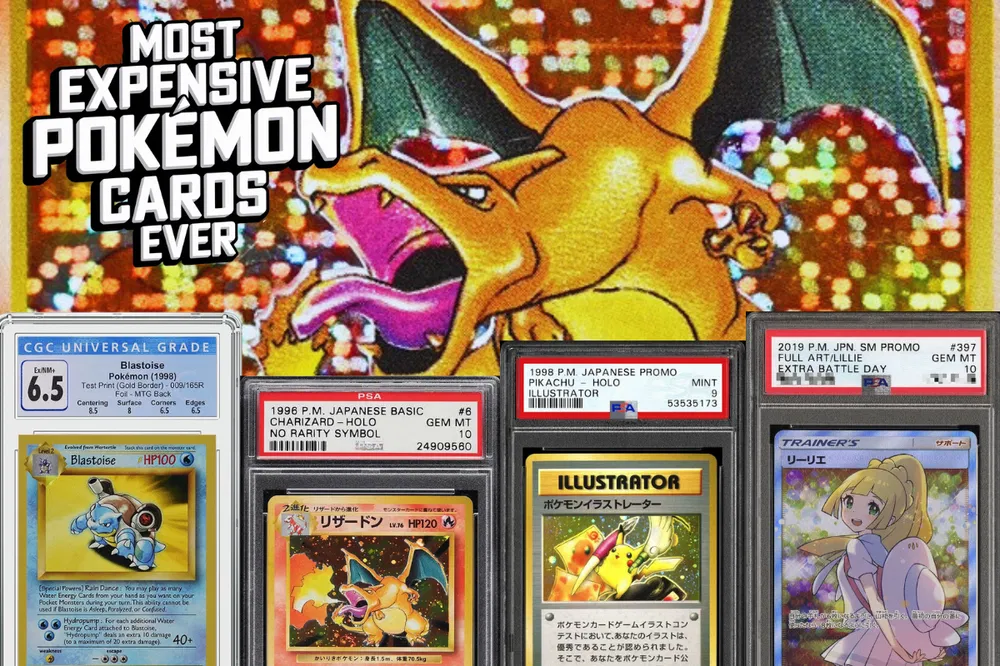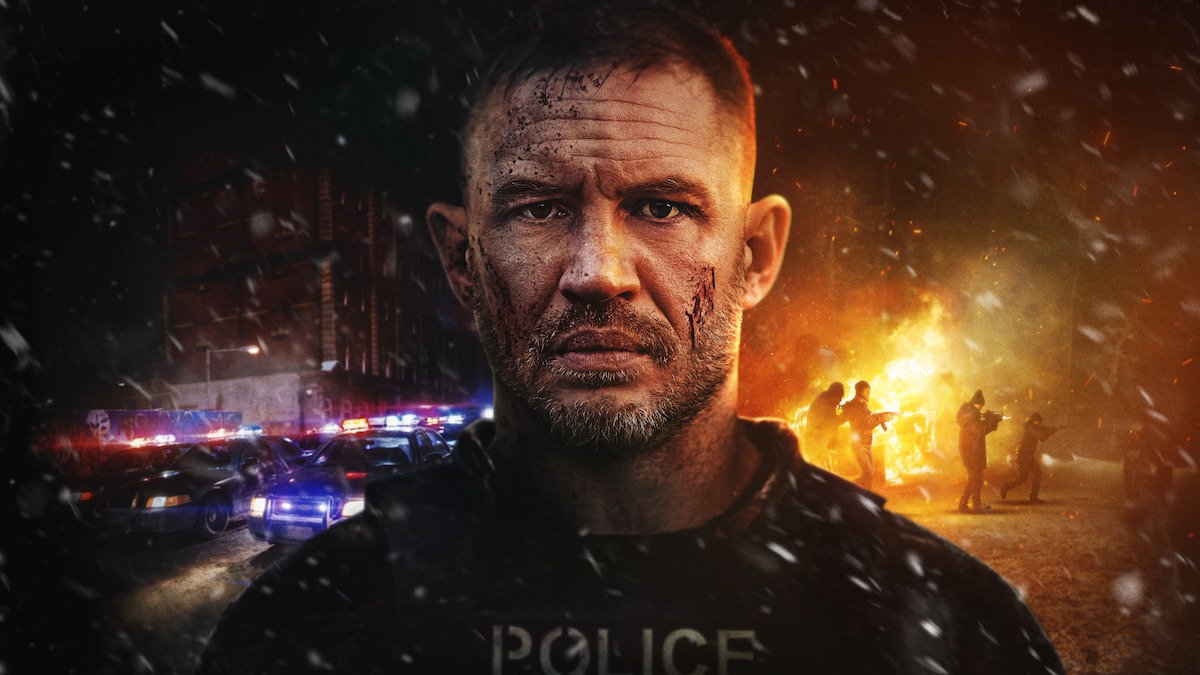Step-by-step instructions to make a fruitful independent game: commonsense tips to transform your thoughts into the real gaming world.
Got a thought for a game yet no thought about how to begin? Driving independent game designers share their reasonable tips for making those early innovative strides.
OK, so you have an exceptional thought for a game yet have no clue about where to begin. Or on the other hand, possibly you have an unclear thought, yet the sheer volume of interesting points makes going past your underlying thought appear to be overpowering and prevent you from moving beyond the initial phases in making something stunning. To assist you with getting the initial obstacles, we requested designers from the best independent games for the great advice in the beginning. We should not gloss over this present: there’s no alternate way to progress – or even an assurance your game will get completed – yet one thing that reverberated regardless of anything else, is that there will never be been a superior chance to transform your thoughts into the real world. This article is just the beginning of a long and conceivably groundbreaking excursion in case you’re set up to achieve the goal (like, incredibly, hard) and abandon your previous superstitions.
“You don’t actually have the foggiest idea how interrelated designing, programming, and art are, and how time and cash restrictions on one will cause bargain on the other two. You need to realize exactly the whole area you don’t have the foggiest idea of,” clarifies Whibley, editor-in-chief of Indie Studios. “You don’t have the foggiest idea how much things are truly going to be hard, you don’t have a clue what amount of time things are truly going to require to create. When you realize that you don’t have a clue about these things, you’ll understand that your degree and time scale plans aren’t right and you’ll be more practical with what you can do.”
To set you on the correct way, I’ll share the cycle that worked for me. I’ll likewise depict how to pick the correct library or system and the main thing for a novice game engineer.
1. Choose a Reasonable Indie Game Idea
New game designers are regularly roused by the games ideas they like to play. Also, in case you’re keen on something like Stronghold Legends or Civilization, you should jump into a comparable task directly from the beginning.
Sadly, you’re not prepared for something sophisticated. Developing games is a troublesome profession that develops with training. It resembles learning the piano — you need to begin with simple, straightforward melodies and venture into additional difficult pieces step by step.
The most ideal approach to begin learning game dev is to pick a straightforward thought or classification and tight it down to the very center highlights it should be playable. Would you like to make a platformer? You can most likely get by with no foes, extravagant mechanics, or moving stages. At the center, all you need is basic player development, the capacity to bounce, and a successful condition.
Simplifying games like this is the most ideal approach to begin developing. Also, having a finished game, regardless of its size, will help you keep going, to continue to learn.
2. Pick an Engine or Framework
The subsequent stage is to sort out what motor, system, or library you need to utilize.
- Game motors (like Unity or Unreal) ordinarily accompany graphical interfaces and the most inherent usefulness.
- Frameworks and libraries are generally just code, sent in existing programming dialects. They give the entirety of the capacities you need to make your game and get something that appears on the screen, however they require much more arrangement. What’s more, as your game develops, they frequently do not have a portion of the intricate highlights helpful to more develop games (provided by engines). Then again, on the condition that they are more lightweight, they regularly give you more opportunity to structure your code and your game as you want.
It’s not difficult to get overpowered when attempting to pick the ideal game platform, that is framework or engine. The best piece of advice one can offer is to discover the choice that allows you to zero in the most on-game turn of events.
Non-Programmers
On the off chance that you have no programming experience, I’d suggest utilizing engines like Unity or Godot. They give a considerable lot of their highlights through a graphical interface, which implies that you can begin making games without having full dominance of a specific programming language. You’ll in any case need to figure out how to code in the long run, however, engines make it simpler to do that as you go.
Developers
In case you’re a developer or a programmer, I’d search for a game engine in a language you’re comfortable coding with. Most structures are generally simple to learn, and your knowledge of the instruments will permit you to zero in on figuring out how to make a game.
Developers can here and there has an underlying repugnance for utilizing GUIs, which can make them stay away from game motors totally. This is reasonable, and learning the UI of an engine is without a doubt a nontrivial task. Be that as it may, the advantages of utilizing engines deliver enormous profits over the long haul.
I’d challenge all developers to have a go at making a total, little game with an engine. You may be shocked by the amount you appreciate and how simple it is. Regardless of whether you choose to keep with the motor or return to utilizing a system, you’ll comprehend the advantages and downsides of the two sides.
2D versus 3D
By the way, regardless of whether you will likely make 3D games, I would begin learning in 2D for your initial not many games. Working in 2D is less complex, and finding or making resources (like workmanship and liveliness) is a lot simpler.
You will probably learn, and utilizing 2D will assist you with doing that all the more effectively toward the beginning. When you have a clear understanding of the concept, the change to 3D will be a lot simpler to make.
3. Make the Indie Game Prototype
Presently it’s an ideal opportunity to really begin creating. You will likely be required to make a minimum viable product (MVP). Strip out every one of the highlights that aren’t required for your center repairman or thought. Try not to try and stress over craftsmanship or sound at present; utilize a fundamental square sprite for everything (or something similarly straightforward).
This assists you with restricting your game’s degree, however, it likewise gives significant involvement with figuring out how to make games fun. On the off chance that you have a platformer where there’s nothing left but to move and hop, at that point, your game’s fun is straightforwardly integrated with how great your development and hopping mechanics feel. Tweaking the stature of a leap or how quickly your character runs can sensationalize how the game feels.
Your center mechanics are consistently the greatest supporter of how fun your game is. Indeed, even a huge game with truly cool highlights can’t save terrible center mechanics. Getting going little with a straightforward model allows you effectively to explore different avenues regarding your mechanics and figure out how to change them to have the most ideal feel.
4. Discover Indie Game Assets
The subsequent stage is to add graphics and sound to your game. You can surely take a stab at making your own in case you’re keen on that. However, for the vast majority, it’s ideal to discover free resources on the web. Locales like itch.io and OpenGameArt have loads of incredible assets. Most games you cause will have model or brief resources in their initial renditions, so it’s great to figure out how to discover placeholder pictures and sounds on the web.
Examination with various sounds and illustrations. You’ll see that adding genuine resources (particularly sounds) can have an immense effect on the vibe of your game.
5. Transform it into a Complete Game
You have a little game with great, basic mechanics, in addition to certain illustrations and sounds that unite everything. It’s truly beginning to feel like a game at this point! There’s one final advance to making your first, complete game, and I believe it’s the most significant of all: Implement a full game circle, including winning, losing, and beginning once again.
I can’t emphasize enough how significant this is. The most important thing you can do to improve as a game producer is to complete your game. Completing a game doesn’t imply that you never transform it again. It implies that the full game is there — regardless of how tiny it may be. You can win it, lose it, and keep playing it again whenever wanted.
“Complete” Looks Different Every Time
Obviously, not all games will suffer a heart attack or a loss of condition. A few games include getting the most elevated score conceivable, for instance, or attempting to perceive how long you can endure. By completing a game, I mean executing the entirety of the all-encompassing game mechanics that bode well for the particular game you’re making. For certain individuals, this may require a primary menu or a save and burden framework. Make the wisest decision for your game, however, be mindful so as not to get tricked into highlights that aren’t really vital for the game you’re making.
The Value of Truly Completing a Game
You’ll be passed up the amount of a distinction having a total game makes. There’s nothing more inspiring than having something you can impart to other people and get criticism on. Moreover, it’s a lot simpler to add includes later if the game circle is now there. You as of now have something completely testable and playable, so it’s simpler to perceive what new increases may mean for the equilibrium of what’s there.
Probably the greatest obstacle for the vast majority getting into game improvement is that they never figure out how to complete a game. Becoming accustomed to perusing your tasks all things considered (with the goal that you really have an opportunity of completing them) and driving yourself to finish the whole game circle is an immense advance towards figuring out how to make this a typical piece of your improvement schedule.
6. Begin Something New!
Congrats! You’ve made your first game. In addition to the fact that you made it, however, you completed it. You went through the work to adjust your center mechanics, add significant resources like designs and sound, and completely execute your game circle. You’ve effectively come a lot farther than the vast majority who need to get into the game turn of events, and the experience you’ve acquired will keep on making each new venture you start simpler than the one preceding.
Always continue to progress! The most ideal approach to figure out how to make games is to make games, regardless of how basic or little. Discover new mechanics or thoughts you haven’t attempted previously, concoct the most straightforward game that utilizes those thoughts, and make it. As you keep on spreading out and attempt new things, you’ll become increasingly more acquainted with your instruments and the nuts and bolts of making games themselves.
Remember to follow all of these steps for each game you make. If you keep working on your skills and finishing games, you’ll have an impressive portfolio before you know it. You’ll be ready to tackle your dream game and move on to larger projects in no time.
Wishing luck with your game creation career!







